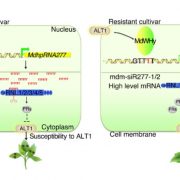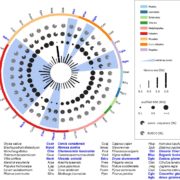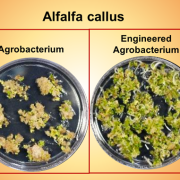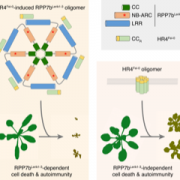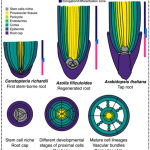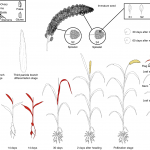Cuscuta australis (dodder) parasite eavesdrops on the host plants’ FT signals to flower (PNAS)
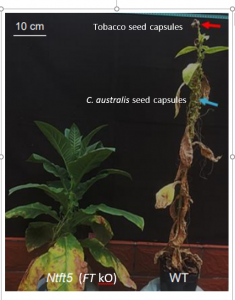
Plants sense environmental cues, such as day length, to induce flowering and successfully reproduce. An important mobile regulator of flowering is FLOWERING LOCUS T (FT). Upon floral induction, FT is transported from the leaves to the shoot apical meristem where it triggers flower development. Dodders are root- and leafless plants that parasitize autotrophic plants through the formation of vascular connections (called haustorium) that allow the interchange of nutrients, water and signals. Interestingly, some dodder species like Cuscuta australis synchronize their flowering time with that of their diverse hosts. However, little is known about the mechanism that regulates Dodders flowering. In this study, Shen G. and co-workers found that dodders do not have a functional FT and instead they obtain FT from their hosts and align their flowering time accordingly. Using soybean overexpressing FT and tobacco FT knockout lines as host plants infested with C. australis, the authors showed that FT is necessary for both host and parasite flowering. Additionally, soybean FT protein was found in C. australis extracts and protein interaction between exogenous FT and dodders FD flowering regulator was observed, indicating that FT travels into dodders steam where it interacts with FD and regulates parasite flowering. This study shows the unique adaptive mechanisms of dodder’s flowering and the physiological and ecological relevance of FT in host-dodder interaction. (Summary by Daniela Ramos @DanielaR_cruz) PNAS 10.1073/pnas.2009445117


